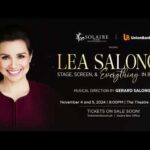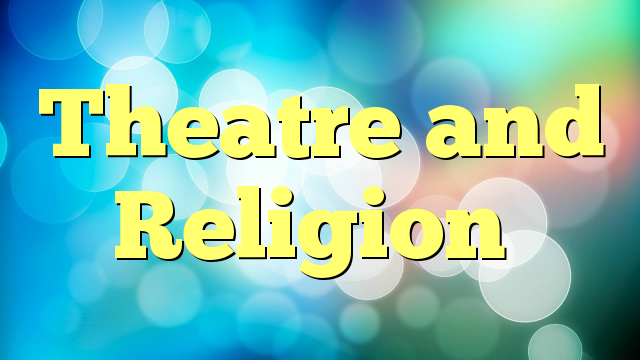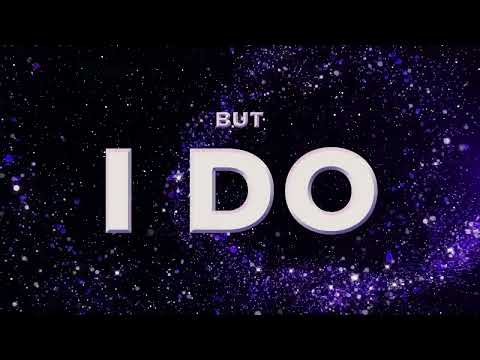Much of theatre, and it’s descendants, film and television came out of religious rituals.
Show business was originally, in it’s infancy, story-telling around the campfire, or choral work at religiously significant events. Music, theatre and dance were all used as methods of harmonizing religious beliefs, or to create organized dialogues with different deities.
Human beings search for answers to existence, destiny and what their small thread on the tapestry of existence meant. We seek meaning in everything. We find patterns. We are organizers. We need form out of chaos. We need to understand.
But perhaps we don’t really need to understand. Perhaps what we really need are comfortable patterns. Perhaps our need for comfortable patterns over rides our desire for truth. Truth, being relative, is elusive anyway. Human kind needs to be part of a hierarchy to feel comfortable. We need the big bang. We need creation. We need someone to not be asleep at the switch. While religion and early theatre gave comfort to the masses with the creation and reinforcement of patterns, such as the choral work at fertility rites in ancient Greece, rituals which would please the Gods and ensure good harvests, there were those who questioned this belief in a patterned existence. Lore has it that one of the chorus, one of the religious collective stepped out and asked the chorus; The Gods, questions. Thespis was speaking for mankind in the guise of an actor.
In a chaotic world without faith or understanding, there is only fear. We need to understand, and if that understanding is only a simple framework that is in place only for now, to be supplanted by something later, so be it. Newtonian physics being supplanted by Einstein’s intuitions. Happens all the time.
Theatre can be a provocative form that poses questions, and many times it does not supply the answers. Theatre is Thespis stepping outside of the chorus and challenging that chorus with his questions.
Theatre peeks at the chaos outside of our comforting patterns. Theatre can also do nothing of the sort. It can reinforce existing assumptions. It can be mindless, or it can be immersed in patterns of its own, such as the patterns inherent in a money-maker, a hit.
One thing church and theatre still share in all cases is the communion shared by priest and performer, minister and musician, rabbi and rabblerouser, with their congregation.. Both are concerned with the human and spiritual condition. Both can inspire, and both can move. Some of the greatest art is created in the service of religious institutions, and some of the greatest spiritual events happen inside the theatre. Form out of chaos. Patterns out of incoherence.
My theatre happens to be in a church.
Charles G. Robertson

 Unleash the Metal Fury! Impellitteri’s “Phantom Of The Opera” – Official Music Video
Unleash the Metal Fury! Impellitteri’s “Phantom Of The Opera” – Official Music Video




